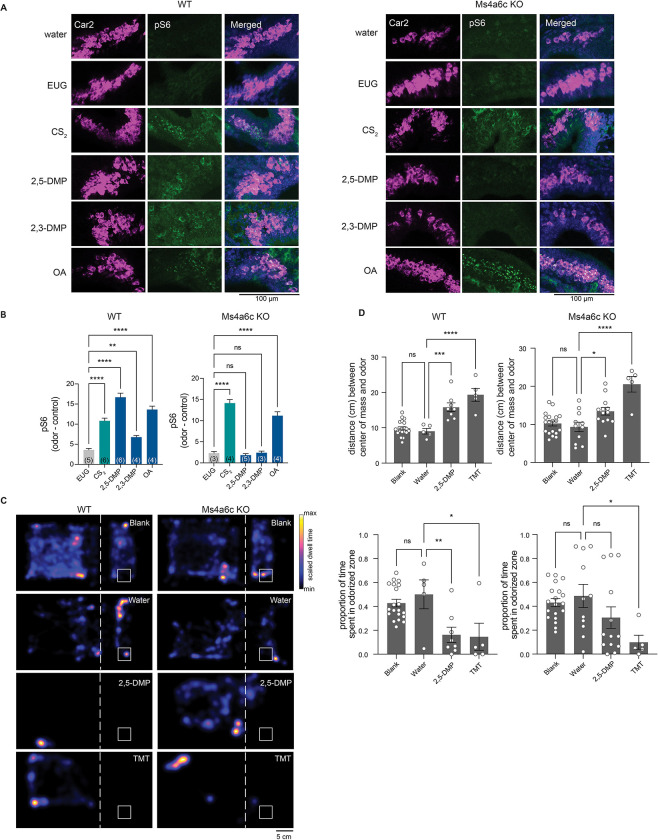Figure 2. The knockout of Ms4a6c impairs the ability of necklace OSNs to detect DMP, a predator-derived compound, but does not significantly affect DMP-mediated innate avoidance behavior.
(A) Example images of the cul-de-sac regions of the main olfactory epithelia of mice exposed to the indicated odorant, co-labeled for the necklace cell marker, Car2 (purple), and the neuronal activity marker, phospho-S6 (pSerine240/244) (green), from wild-type (left panels) or Ms4a6c knockout animals (right panels). EUG; eugenol, CS2; carbon disulfide, 2,3-DMP; 2,3-dimethylpyrazine, 2,5-DMP; 2,5-dimethylpyrazine, OA; oleic acid.
(B) Quantification of the proportion of pS6+ necklace cells in odor-exposed wild-type mice (left panel) or Ms4a6c knockout mice (right panel). Data are presented as mean ± SEM, n ≥ three independent experiments, **p < 0.01, ****p < 0.0001, Dunnett’s test following one-way ANOVA to null exposure.
(C) Heat maps of the occupancy of wild-type (left panels) or Ms4a6c knockout mice (right panels) in the odor avoidance chamber in response to the indicated odorants. Small square represents location of odorant, and dashed line demarcates the odor avoidance zone from the rest of the chamber. Scale bar, 5 cm. TMT; 2,3,5-trimethyl-3-thiazoline.
(D) Quantification of odor avoidance behavior. The distance between the average center of mass of the mouse and the location of odorant (top panels) and the proportion of time spent in the odorized zone (bottom panels) were determined for wild-type mice (left) and Ms4a6c knockout mice (right). Each circle represents an individual mouse. Data are presented as mean ± SEM, n ≥ five independent experiments, *p < 0.05, **p < 0.01, ***p < 0.001, ****p < 0.0001, unpaired Welch t-test or post-hoc Dunnett’s test following one-way ANOVA or a paired t-test compared to water exposure.

